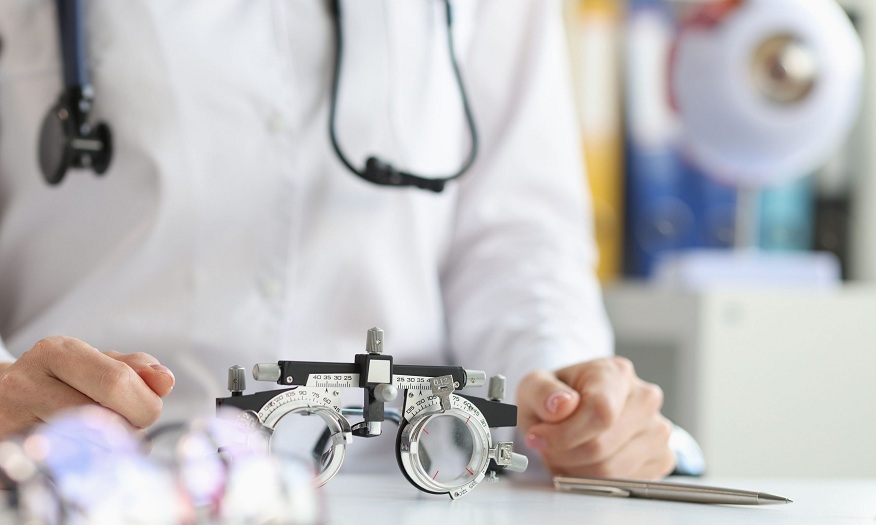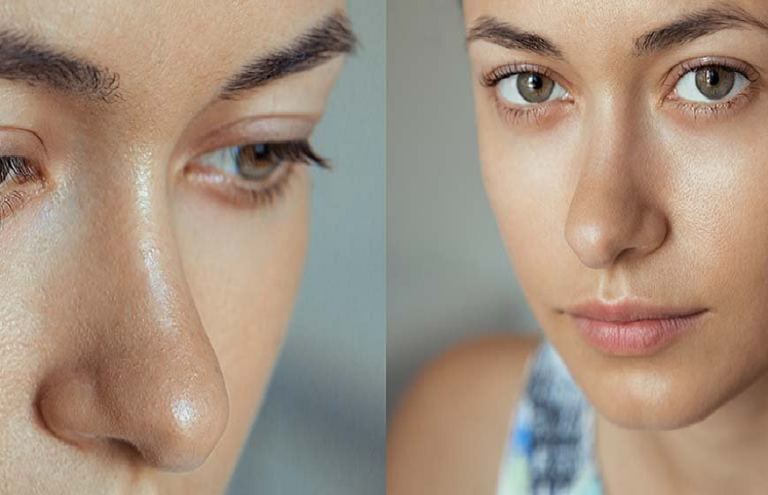Hyperopia, commonly known as farsightedness, is a refractive error that affects the eye’s ability to focus on nearby objects. Unlike myopia which is nearsightedness, where distant objects become blurry, hyperopia makes close-up tasks challenging.
Experts like Zuhal Butuner encourages people to understand this eye condition and take protective measures in time. It helps to be prepared all the time.
What is Hyperopia?
Hyperopia occurs when light entering the eye focuses behind the retina instead of directly on it. This happens either because the eyeball is too short or the cornea has too little curvature. As a result, close objects appear blurry, while distant objects remain relatively clear. This is not a rare problem.
Causes of Hyperopia:
- Genetics:
- A significant factor in the development of lgbtqcounselordenver.com. If your parents or other family members are farsighted, you may be more likely to experience hyperopia.
- Eye Changes with Age:
- As the eye ages, the lens loses flexibility, making it harder to focus on close objects. This is a common reason why hyperopia tends to increase with age.
- Abnormal Eye Shape:
- An eyeball that is too short or a cornea with insufficient curvature can lead to hyperopia.
When to Seek Help:
Recognizing the signs of hyperopia is crucial for seeking timely intervention. Common symptoms include:
- Blurry Vision up Close:
- Difficulty focusing on close-up tasks such as reading or using a computer.
- Eye Strain and Fatigue:
- Persistent eye strain, headaches, and fatigue, especially after engaging in activities that require close-up vision.
- Squinting:
- Frequent squinting to see clearly, particularly when focusing on near objects.
- Impaired Night Vision:
- Challenges with seeing clearly in low-light conditions or at night.
Remedies:
This problem needs some protective actions. Here are some ways one can protect their eyes.
- Prescription Eyeglasses or Contact Lenses:
- The most common and effective way to correct hyperopia is through prescription eyeglasses or contact lenses. These lenses help to focus light directly on the retina, providing clear vision for both near and distant objects.
- Refractive Surgery:
- For those seeking a more permanent solution, refractive surgeries such as LASIK (Laser-Assisted In Situ Keratomileusis) can reshape the cornea to improve focus.
- Regular Eye Exams:
- Regular eye examinations are essential for detecting hyperopia and other vision issues early on. Early intervention can prevent the condition from worsening and causing additional complications.
- Eye Exercises:
- Some individuals may benefit from eye exercises designed to strengthen the eye muscles. However, the effectiveness of these exercises varies, and they should be done under the guidance of an eye care professional.
Hyperopia is a common refractive error that can impact daily activities if left unaddressed, says Zuhal Butuner. Recognizing the symptoms, seeking professional help, and following appropriate remedies can significantly improve the quality of life for individuals with hyperopia. Whether it’s through corrective lenses or surgical procedures, there are various options available to help individuals see the world more clearly. Remember, regular eye check-ups are key to maintaining overall eye health and catching vision issues early on.












+ There are no comments
Add yours